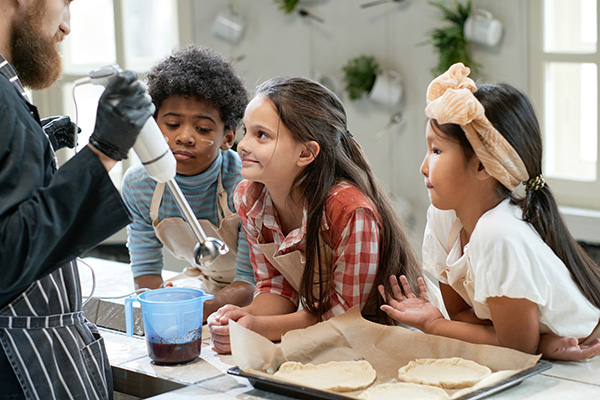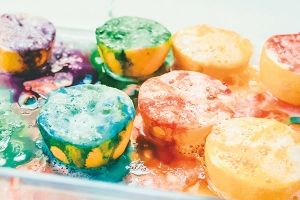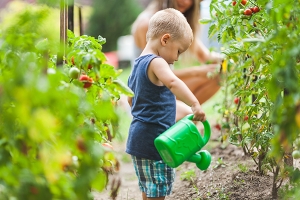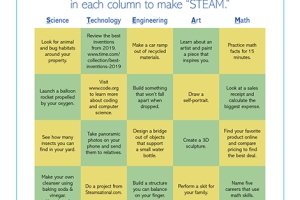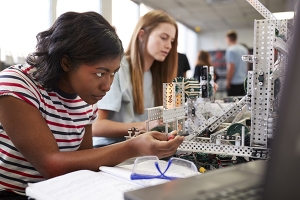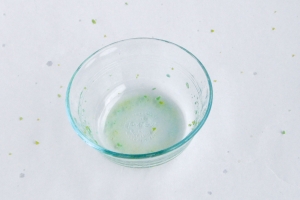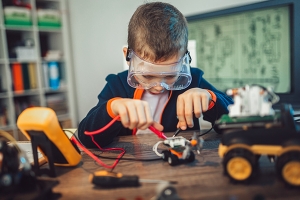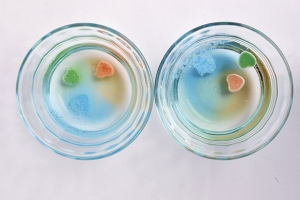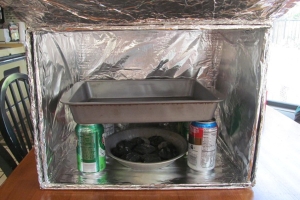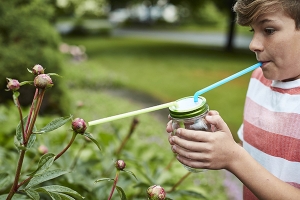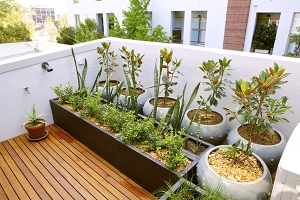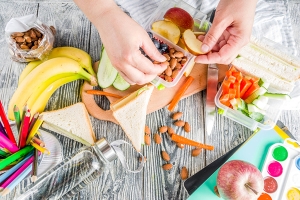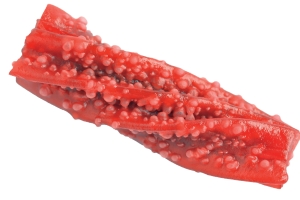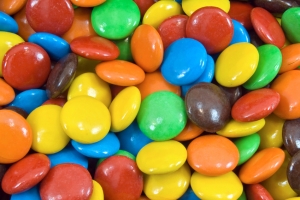
Did you know that San Diego averages more than 260 sunny or mostly sunny days per year? All of this solar energy warms the air and ground and contributes to San Diego’s great climate. However energy from the sun can also be used to generate electricity. In fact, The Fleet Science Center's solar panels on the roof of the building do just that. These solar panels collect energy from the sun and convert it into as much as 100 kilowatts of electricity. That’s enough power to light 1,700 60-watt light bulbs!
Although you might not be able to install solar panels on your roof at home, you can still put the sun’s energy to work. Follow these directions to make a solar cooker that will allow you to make some tasty treats without turning on the stove.
Materials: shoebox with a lid, aluminum foil, tape, ruler, scissors, black construction paper, Popsicle stick, plastic wrap, food to cook (s’mores and hot dogs work well) *For instructions on how to do this using a pizza box, see link below.
To Do:
- Separate the shoebox and lid. Line the inside of the box with aluminum foil. Be sure the shinier side of the foil is facing down. Use tape to secure the foil to the box.
- Place a black piece of construction paper at the bottom of the shoebox, on top of the foil.
- Use your ruler to draw a rectangle on the top of the lid, about 1 inch from the sides.
- Ask an adult to help you cut along three sides of the rectangle to create a flap. (Be sure to not to cut along the fourth side.) Carefully fold back the flap.
- Cover the inside of the flap with aluminum foil. Prop open the flap using tape and a Popsicle stick or ruler.
- Tightly stretch plastic wrap over the opening in lid and secure with tape.
- To make s’mores, place chocolate chips and marshmallows between two graham crackers. Place the s’mores inside the shoebox and place the lid on top of the box.
- Take your solar oven to a sunny outdoor location. Be sure to position your oven so that the sunlight is reflected from the flap into the box.
- Check your oven every 15 minutes to see if your treat is ready to eat.
Now Try This:
Solar ovens come in many shapes and sizes. Experiment with different types of boxes or bowls to see which design cooks food the fastest. You can also try insulating your cooker with different types of materials such as newspaper.
What’s Going On?
Solar cookers convert sunlight to heat energy that is retained for cooking food. Although there are several different types of solar cookers, they have similar features. For instance, many cookers have at least one dark-colored surface. If you’ve ever worn a black shirt on a summer day, you’ve probably noticed that dark colors get very hot in the sunlight. This is because darker surfaces absorb more solar radiation than lighter colored surfaces. The heat absorbed by the dark surface in a solar oven is transferred to the food, which speeds up the cooking process. Most solar cookers also have reflective panels that direct incoming sunlight toward the dark cooking surface and transparent tops that let in sunlight, but trap the heat inside the cooker.
Want to kick things up a notch? Learn how to make a box oven using charcoal: https://www.sandiegofamily.com/for-the-kids/family-science/making-a-box-oven
*Learn how to make a PIZZA BOX SOLAR COOKER at https://www.sandiegofamily.com/for-the-kids/family-science/pizza-box-solar-cooker-kids-science
Debbie DeRoma is the former educational specialist for the Reuben H. Fleet Science Center.
